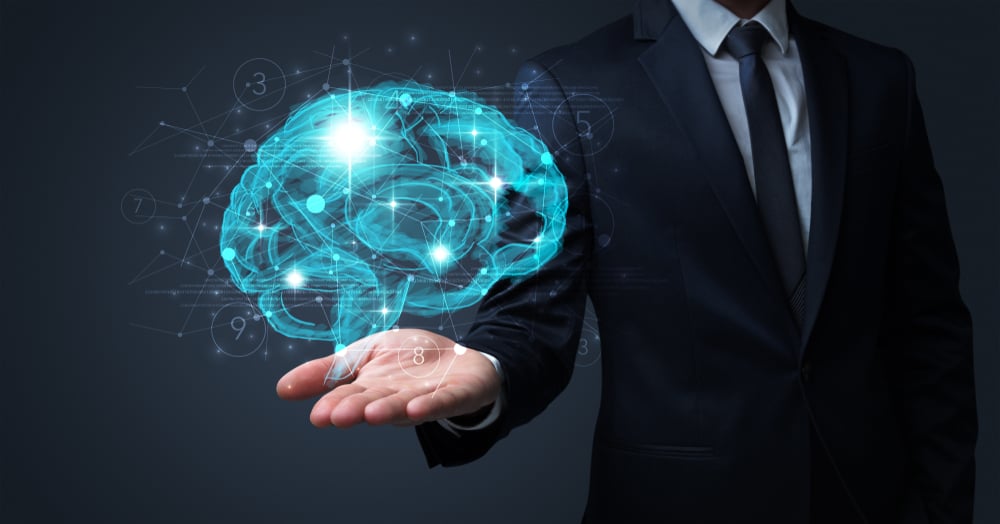
AI + Human Touch: The Future of Multilingual Communication
.png?width=64&height=64&name=1B5A1458%20(1).png)
Anh Pham
|
1. Integration with Existing Databases
-
AI language programs—particularly Neural Machine Translation (NMT) systems—can connect to existing databases (e.g., CRMs, EMRs, knowledge bases, or content management systems) through APIs or middleware.
-
This enables the AI to access domain-specific terminology, historical documents, and preferred vocabulary, improving translation quality and contextual relevance.
-
For example, in healthcare or legal settings, this integration ensures that AI systems learn the correct use of terms like "discharge instructions" or "case disposition."
2. Continuous Learning from Data
-
These AI systems are often built to learn continuously. By ingesting internal content (technical documents, manuals, patient forms, policies), the translation engine becomes more aligned with how an organization communicates.
-
Machine learning models fine-tune their performance based on domain data, feedback loops, and real-world usage.
3. Training Post-Editing SMEs
-
Human post-editors play a vital role in closing the gap between raw AI translation and fully accurate, audience-ready content.
-
Post-editing SMEs—often with language, cultural, or subject matter expertise—are trained on how to work with AI outputs:
-
Understanding AI error patterns
-
Correcting nuance, tone, and regulatory accuracy
-
Providing feedback that improves future outputs
-
This hybrid human-in-the-loop model ensures the final translation is not just accurate, but also culturally and contextually appropriate.
4. Closing the Communication Gap
-
By integrating AI translation with organizational content and training human editors, companies can deliver faster, scalable, and more accurate multilingual communication.
-
This model is especially valuable in regulated industries like healthcare, legal, and insurance—where precision, compliance, and cultural sensitivity are non-negotiable.
In Summary: Technology delivers AI-powered translation by connecting systems to internal data sources and enabling collaborative workflows between machines and trained human experts. This fusion of automation and human judgment ensures messages are not just translated, but truly understood.

